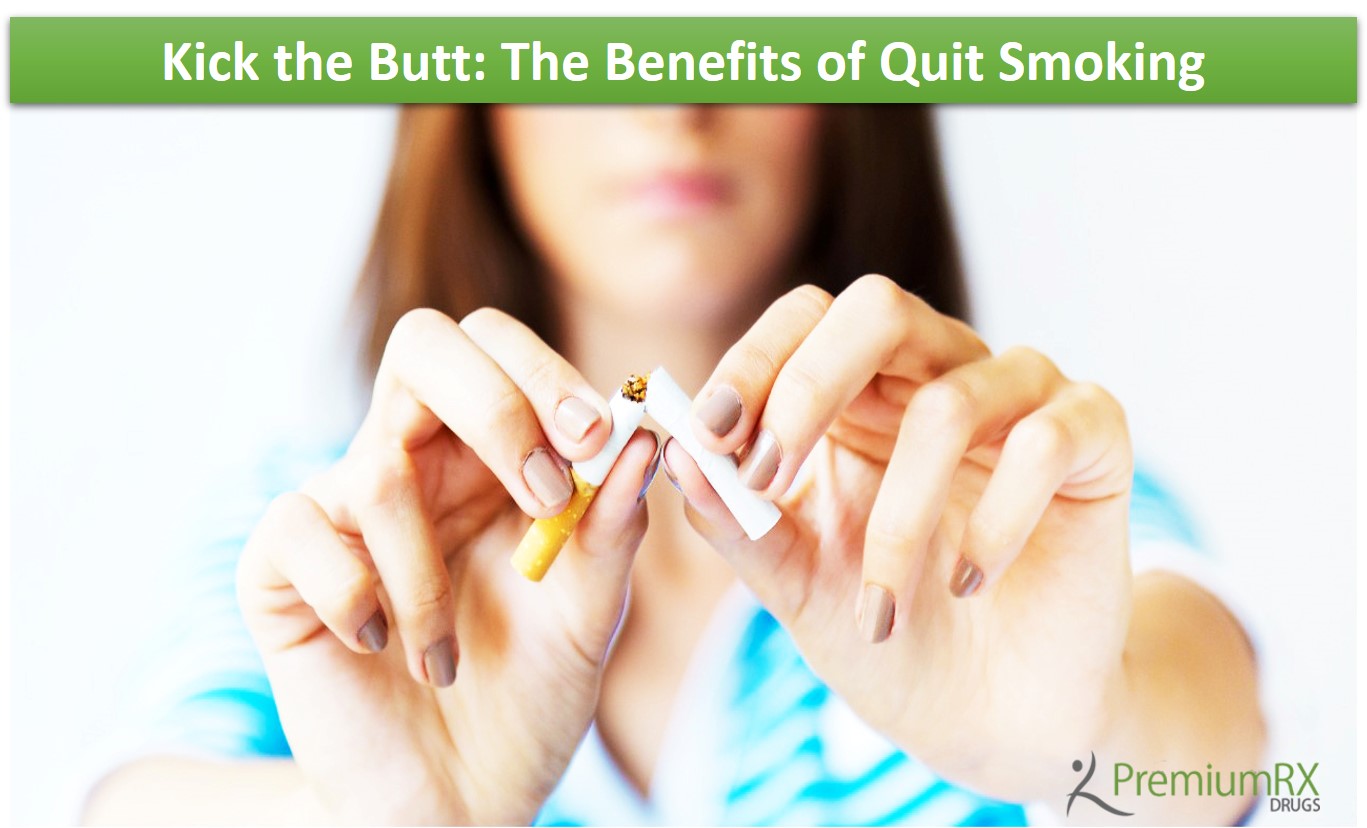Smoking and asthma in adults is a situation similar to suicide, which causes a slow death. Smoking even one cigarette daily while being treated for asthma leads to faster lung damage. Smoking can be addictive, but discarding this lifestyle habit can resurrect the quality of your total health. If you smoke, there are several smoking and asthma inhalers available in the market to help the condition.
Why give up smoking?
This is the first step in reducing asthma attacks. Smoking causes asthma, lung cancer, emphysema (COPD), throat cancer, heart disease, high blood pressure, ulcers and gum disease.
Coughing, lethargy, and sore throat are the side effects. The face appears haggard, the skin wrinkles prematurely, and the teeth get stained. A smoker’s breath causes much discomfort to the non-smoking crowd.
How to quit smoking?
Opt for a smoking cessation program in consultation with your doctor. Ask for nicotine replacement products and nicotine-free prescription medications. Here are other solutions:
- Pick a date to stop smoking.
- On the D-day, start the morning without a cigarette.
- When the urge to smoke arises, take deep breaths.
- Indulge in new activities that keep the hands busy.
- Avoid carrying a lighter, matchboxes, or cigarettes.
- Go to places where smoking is prohibited.
- Eat healthy and drink a lot of non-alcoholic fluids.
- Exercise
- Hang out with non-smokers.
Smoking and asthma statistics reveal the following benefits of quitting smoking:
- Not smoking for 20 minutes: Blood pressure and pulse rate decrease while circulation and temperature increase
- Not smoking for 12 minutes: Carbon monoxide content stabilizes.
- Not smoking for 2–3 weeks: Chances of getting a heart attack decrease, and the lungs function better
- Not smoking for one to nine months: Coughing and shortness of breath decrease.
- Not smoking for a year: Risk of heart disease decreases to half
- Not smoking for ten years: Chances of getting lung, bladder, larynx, kidney, and pancreas cancer decrease
- Not smoking for 15 years: The risk of heart disease is now on the same level as a nonsmoker.
The initial reaction after quitting
The initial days of making a clean break will result in strong withdrawal symptoms. The body starts throwing a tantrum as it has gotten used to the intake of ashen smoke. These after-effects include cough, sore throat, attacks of hunger and headaches, constipation, loss of sleep and concentration, and powerful pangs to smoke.
Tried but failed
The trick is not to give up when temptation sets in. The smoking and asthma facts reveal that around 75 percent of quitters do relapse. It may take several tries before the craving dies. The stages that one undertakes while contemplating to quit are:
- Stage one: The smoker prefers quitting to being constantly pressurized to quit
- Stage two: The goal is to quit within six months, but a plan of action has yet to be formulated
- Stage three: Introduction of gaps of no smoking or switching to milder options
- Stage four: Remain smoke-free for six months and alter the immediate environment to aid the process of staying committed to nonsmoking
- Stage five: Successfully stay smoke-free and try to avoid a relapse
If strong-willed and aided by a good support system, the quitter stays put within a few weeks. Adults can emerge victorious and help destroy smoking and asthma problems. Buy NuLife Chewettes online to quit smoking.
Max Jones
Latest posts by Max Jones (see all)
- How to Revive Your Sex Life - October 27, 2023
- Smoking and Asthma - October 20, 2023
- 10 Causes Of Erectile Dysfunction You Probably Didn’t Know About! - June 29, 2023




